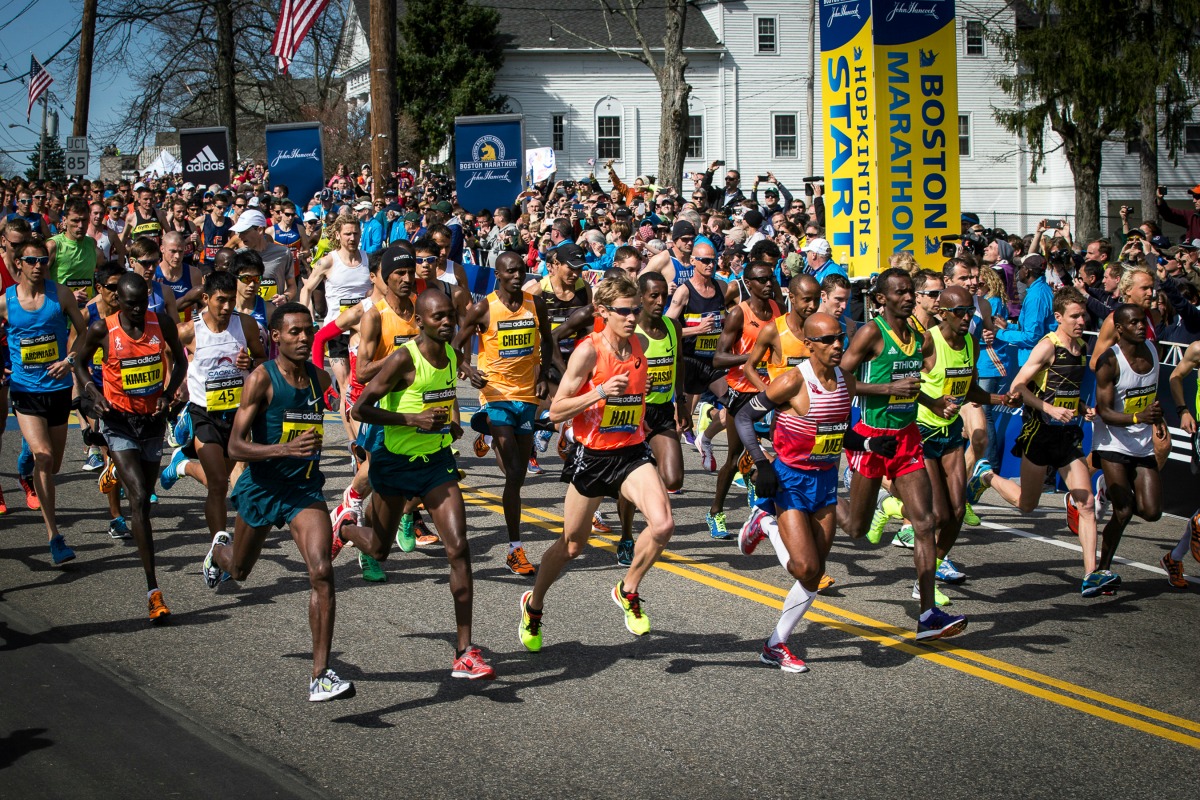Get Your Shin Together: Shin Splints Treatment
We all love the feeling of the wind rushing through when we run. Your heart is pumping, and you’re breathing heavily, but it feels great. You’ve been training hard lately, making healthy choices for your body. However, sometimes, our body reminds us that it deserves some tender love and care. One such reminder comes in the form of a dreaded shin splint.
A shin splint is one of the most common injuries in runners. It is essentially a stress response in your shin bone, tibia. Tibia and fibula are the two bones that make up our lower leg. Tibia gets 70% to 90% of impact while running. This repeated impact on the bone, often coupled with other potential underlying causes, can lead to sharp and intense pain. Since the location of the pain is most likely to be the inside of the tibia, it’s also called ‘Medial Tibial Stress Syndrome (MTSS)’. In this article, we will explore key steps to recover from shin splints for good.
Ice is not likely to fix your pain
As we discussed in the previous post, ice might take away the pain momentarily, but it is not going to fix your shin. In other words, ice can be a bandaid, but not a solution. You will notice that the pain comes back again the day after. Then how can you recover from a shin splint? Well, we need to tackle the source of the pain, not just numbing the symptoms. Here is the list of risk factors that can lead to a shin splint.
- Collapsing arch of the foot
- Poor running mechanics
- Unstable hip while running
- Training on irregular surfaces or hills
- Overtraining
- Wrong running shoes
Get foot posture and running mechanics assessment
Here at Advanced Physical Therapy, we have skilled physical therapists and athletic trainers that can evaluate your foot and running mechanics. With this expertise, we provide a personalized treatment plan specific to your needs. This is a great way not only to diagnose the inefficiency of your running mechanics but also to prevent further injuries from running.
Strengthen your lower leg
Strengthening the muscles around your shin bone is a great way to relieve pain. The muscles around the leg will aid in shock absorption along with the bone. Here is a list of exercises to add to your shin splint treatment.
- Tibialis raises
- Calf raises
- Soleus raises
- Short foot
- Big toe extension
- Toe yoga
- Towel curls
- Marble pick-ups
Modify your training
Based on the severity of the symptoms, it might be necessary to give it a rest before starting rehabilitation. Unfortunately, there is no consensus among experts about which training protocol is the best to recover from shin splints. With that said, it is highly recommended to track your training and symptoms so that you can make a data-driven decision to modify your running regimen. Most importantly, work with a physical therapist who can guide you through the recovery!


Medial Tibial Stress Syndrome, or “Shin splints” are a common injury in athletes who run and jump, and are completely treatable with activity modification and specific exercise. There are many reasons why you might develop MTSS, including weakened musculature around the ankle and arch of the foot, overuse, abnormal mechanics during athletic movements, and mobility issues. It is essential to be evaluated by a physical therapist who will help you determine the best individualized approach to keep you doing what you love!
Dr. Laura Frechette from Advacned Physical Therapy in Bristol, Connecticut
Ready to conquer shin splints and get back to training? Schedule an appointment with Advanced Physical Therapy and take the first step towards pain-free running. We’re here to help you get rid of the pain and return to running. Contact us today!

